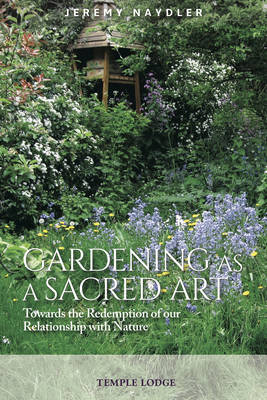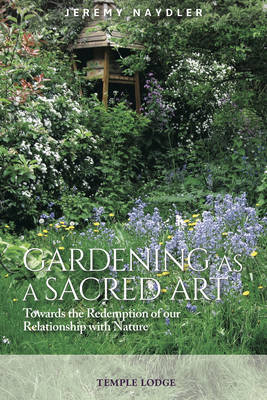
- Afhalen na 1 uur in een winkel met voorraad
- Gratis thuislevering in België vanaf € 30
- Ruim aanbod met 7 miljoen producten
- Afhalen na 1 uur in een winkel met voorraad
- Gratis thuislevering in België vanaf € 30
- Ruim aanbod met 7 miljoen producten
Gardening as a Sacred Art
Towards the Redemption of Our Relationship with Nature
Jeremy NaydlerOmschrijving
This beautifully illustrated book presents a history of our relationship with nature, beginning with the civilizations of ancient Egypt and Mesopotamia--when gardens served as "the dwelling place of the gods." Tracing this history through subsequent epochs, the author shows how human awareness of the divine presence in nature was gradually eclipsed. As nature came to be viewed primarily as a physical resource to be controlled and exploited by us, this was reflected in the ordered, rational designs imposed on such gardens as Versailles.
Today, gardening has come to be seen less as an instrument of control and more as an art in its own right that enhances nature's inherent beauty. Jeremy Naydler suggests that the future of gardening lies in its being regarded not as just an art but more as a sacred art that once again honors and works with the spiritual dimension intrinsic to nature.
"Many people feel that the possession of a garden gives them not only the opportunity but also the right to impress their own designs upon the little bit of nature that has become their responsibility. Such designs will express their own or their family's needs and desires, and thereby they feel the garden's main purpose is fulfilled. For others, however, the garden provides an opportunity to attune to nature and to follow nature's lead in matters of garden management and aesthetics. If we think in this way, then it is not simply a question of impressing our own designs on nature, but rather of working with the spirit of the place so as to bring it to fuller expression thorough the decisions we make."Gardening as a Sacred Art is illustrated in color throughout.
Specificaties
Betrokkenen
- Auteur(s):
- Uitgeverij:
Inhoud
- Aantal bladzijden:
- 120
- Taal:
- Engels
Eigenschappen
- Productcode (EAN):
- 9781912230778
- Verschijningsdatum:
- 15/07/2021
- Uitvoering:
- Paperback
- Formaat:
- Trade paperback (VS)
- Afmetingen:
- 158 mm x 234 mm
- Gewicht:
- 303 g

Alleen bij Standaard Boekhandel
Beoordelingen
We publiceren alleen reviews die voldoen aan de voorwaarden voor reviews. Bekijk onze voorwaarden voor reviews.











